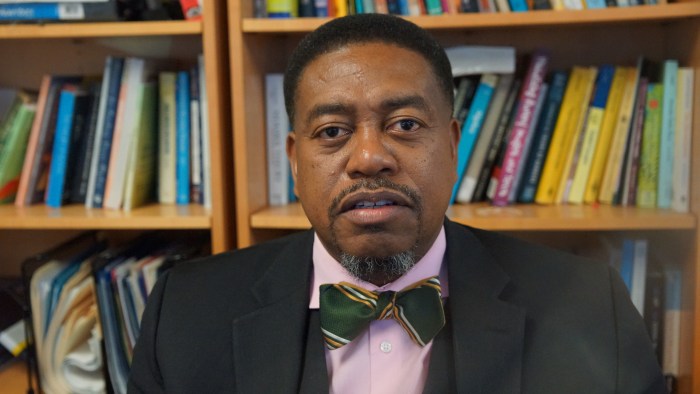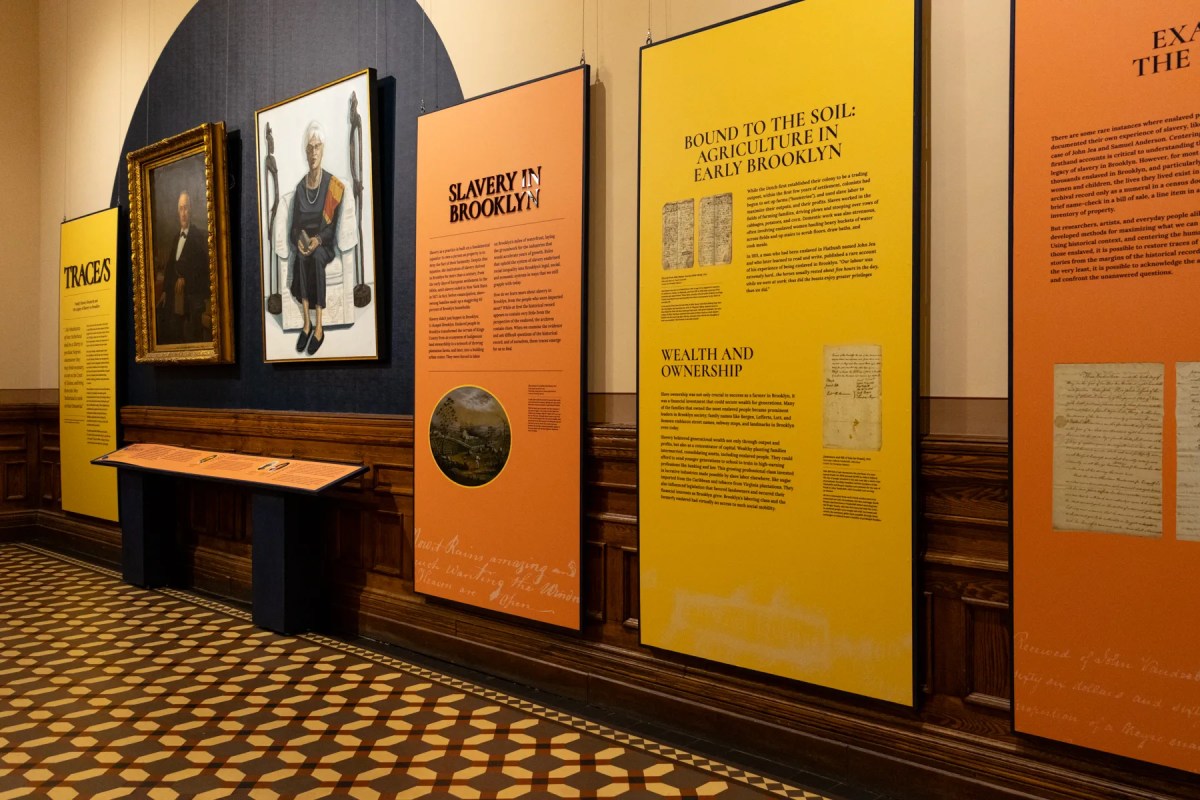By Bert Wilkinson
The Caribbean Community’s most resource-rich country on Monday joined a long list of nations globally as crude oil exporters as the country shipped away its first million barrels of oil from an offshore field that American super major ExxonMobil and an international consortium discovered back in 2015.
Elated government officials and Exxon announced the development overnight Monday saying that the oil tanker, the MV Yannis P, is on its way to the US with its cargo of one million barrels of sweet, light crude. Loading began on Saturday from a massive Floating Production, Storage and Offloading (FPSO) vessel, which is being used to store oil being produced from the Liza-1 oil field, about 120 miles offshore Guyana.
The loading began just hours after Exxon executives, government officials and a large group of VIPs celebrated Guyana officialy becoming an oil producer with a glitzy cocktail party in the city. The military later on Friday night coordinated an impressive fireworks display to mark the event, watched by thousands on the Atlantic seashore.
Guyana now joins Trinidad and Suriname as oil exporters in the 15-nation bloc of nations. Barbados also produces about 1,600 barrels of oil daily from a small collection on land wells. The Guyana discovery has sparked massive interest in the region with The Bahamas, Jamaica, Barbados and Grenada all moving to step up exploration in recent months.
The latest developments in Guyana also comes just days after neighboring Suriname to the southeast discovered a large offshore well to go along with the 16,000 barrels of heavy crude that it produces from land wells in the west near Guyana for several decades now. This is Suriname’s first offshore well , just a few miles away from two of the largest of the 15 Exxon and its partners have found so far.
Guyana’s department of energy said that it and other state agencies will be monitoring future production lifts from the FPSO that are planned for every 10-12 days.
“This first lift due to the record set from discovery to production by the operator, sets Guyana firmly on its way to becoming one of the wealthiest countries on the globe per capita, according to many industry specialists,” the department said.
It noted that foreign direct investment in the oil and gas sector has already passed $500 million, creating 1,700 jobs and caters to about 600 service providers in addition to more than 70 joint ventures.
“Oil revenues from this venture alone are projected to realize approximately US$300 million in this first year and more than tripling over the next five years. This is expected to directly benefit every Guyanese during this decade of development through the provision of revenues to develop other important sectors such as agriculture, energy and manufacturing, as well as vastly improved social and educational services, world class infrastructure, increased wages, job opportunities.”
For Exxon, the company said that Guyana had been singled out for special treatment as in normal circumstances, developing such a deep water offshore field normally takes about double the time that production started offshore Guyana.
“The average time in water of this depth is nine years. This was done in five. The reality is, if we had met average industry performance, do you know when we would’ve been celebrating this event? Twenty-twenty four we would’ve been celebrating this event,” said Liam Mallon, president of Upstream Oil and Gas at Exxon at the cocktail reception.
Exxon plans to drill up to 17 wells for this first phase of oil production and an additional 40 for the second oil field that could start production in about two years.

























